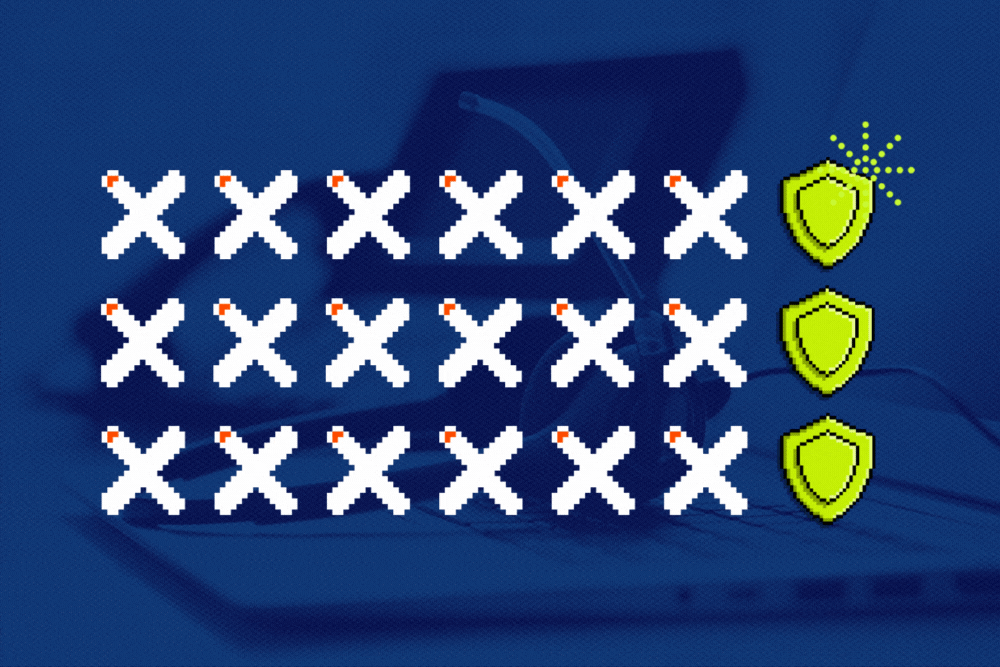Today’s small and medium-sized businesses face the same cybersecurity risks as any multi-national corporation. The important difference lies in the number of resources they have to recover after an attack.
That’s why it’s vital for smaller organizations to have an effective, adaptable recovery strategy in place. The Recover function of the NIST Cybersecurity Framework (CSF) can play a crucial role in developing your plan.
While the Prevention, Detection, and Response components of the CSF are key to minimizing the likelihood and impact of an attack, the Recover function ensures you can get back to business as usual quickly and effectively after a cybersecurity incident occurs. For small and medium-sized businesses, where downtime and data loss can have a devastating impact, that capability can make all the difference.
What’s the Recover Function All About?
The goal of the Recover function is to help you return to normal operations as quickly as possible after a cybersecurity incident. It provides guidance for developing and implementing strategies that help minimize disruptions and continue operations. Let’s take a closer look at the three primary categories within the Recover function.
Part 1: Recovery Planning
This category focuses on defining and documenting your plans to recover from a cybersecurity incident. Putting a solid, well-thought-out plan in place before an attack occurs helps to ensure you can restore your systems, data, and services quickly, and protect valuable customer relationships.
Key activities under this category include:
- Developing and maintaining your plan: Your plan should outline specific steps you’ll take after an incident, including restoring data from backups, recovering applications, and ensuring that business processes can continue.
- Confirming resource availability: Your most critical resources, including backup systems, data recovery tools, and cybersecurity personnel, need to be available and ready to operate when needed.
- Testing and updating your plans: It’s a good idea to regularly test the elements of your recovery plan to make sure they remain effective and relevant. Testing can include simulated cyberattacks, recovery drills, or tabletop exercises that help identify any gaps or weaknesses in the plan.
For smaller businesses, a solid recovery plan can be the difference between minimal downtime and a prolonged, potentially devastating disruption. If your business has limited (or no) internal IT resources, you should prioritize automated backups and cloud-based recovery solutions to ensure your data and systems can be restored quickly.
Part 2: Improvements
Continually refining your recovery process is vital. Whether it’s a major cyberattack or a small disruption, every incident offers valuable insights into what works and what doesn’t. The NIST CSF encourages organizations to use these lessons to enhance their recovery strategies over time.
Key activities in this category include:
- A post-incident review: After everything is back to normal, discuss how effectively you executed your recovery plan. How quickly were critical systems restored? Were there any unforeseen obstacles? How well did communication flow?
- Documenting lessons learned: Capturing detailed insights from your recovery effort allows you to refine your recovery strategies. Recording lessons learned can help ensure your next recovery effort is faster and more effective.
- Updating recovery procedures: Set a schedule to regularly update your recover plan to reflect any new best practices and account for the latest threats. This iterative process is crucial in building resilience because it enables you to continually improve your ability to recover from incidents, and minimize disruption.
Your ability to learn and adapt after a cyber incident is essential. Making regular improvements to your recovery strategy ensures you’re prepared for future incidents.
Part 3: Communication
Effective communication – both internal and external – is crucial during and after a cybersecurity incident, and key to a smooth recovery process. It’s important to keep stakeholders—including employees, customers, and partners—informed about the recovery status, expected downtime, and any actions they may need to take. Clear, timely communication can help reduce confusion and frustration during an already stressful period.
Key activities in this category include:
- Coordinating with internal teams: Effective recovery is a group effort, requiring coordination across departments. Keeping everyone informed of progress during the recovery ensures efforts are well-coordinated and efficient, and that critical decisions are made quickly.
- Communicating with external stakeholders: Depending on the nature of the attack, you may need to notify customers, partners, regulators, and even law enforcement. Timely, transparent communication helps maintain trust, and can help ensure compliance with legal or regulatory requirements. For smaller businesses, managing customer relationships during a recovery phase is critical to keeping their business, and maintaining your reputation.
- Providing updates: Regular updates during the recovery phase help manage expectations and allows stakeholders to plan accordingly. Clear communication about timelines, service restoration, and any temporary processes can lessen the impact of the disruption.
Maintaining customer trust and ensuring compliance with regulatory requirements is critical to long-term success. Effective communication during recovery isn’t just practical – it’s an opportunity to demonstrate transparency and professionalism to every stakeholder.
Why You Should Care about the Recover Function
There are several reasons the Recover function is particularly important for small and medium-sized businesses:
1. Minimizing Downtime
Smaller companies operate with fewer resources, and don’t have the luxury of extended downtime. In some cases, being out of operation for even a few hours can result in lost revenue, damaged customer relationships, and missed opportunities. The Recover function’s emphasis on planning and preparation enables you to minimize the duration of outages and disruptions, so you can get back to business as quickly as possible.
2. Preserving Customer Trust
For smaller businesses, where customer relationships are often personal, maintaining trust during recovery is critical. A well-executed recovery plan, supported by clear and honest communication, shows your customers that you’re in control of the situation and working methodically to get back to normal.
3. Cost Efficiency
Because smaller businesses don’t have the same financial resources as large companies, recovering from a cyberattack can potentially be more costly. A solid plan ensures your recovery efforts are as efficient as possible, with minimal unexpected costs, helping to reduce the losses associated with downtime, lost data, and business interruption.
4. Regulatory Compliance
Your industry may have specific regulatory requirements for incident reporting and recovery. Failure to recover quickly or communicate effectively with regulators can lead to fines, penalties, and even legal consequences. A structured approach to recovery and communication can help you steer clear of those outcomes and protect your bottom line.
5. Building Long-Term Resilience
Every incident is an opportunity to learn and improve, leaving you better prepared for future cyberattacks. Over time, this creates a more robust cybersecurity posture, protecting your business from the potentially devastating effects of future incidents.
As a Core Part of Your Cybersecurity Strategy
The NIST Cybersecurity Framework’s Recover function is an essential element of an effective cybersecurity strategy, especially for small and medium-sized businesses. By focusing on recovery planning, continuous improvement, and communication, you can minimize the impact of an attack, and get back to normal operations quickly. In today’s environment of increasingly menacing cyberthreats, a solid recovery plan is vital to long-term business continuity and success.
In our upcoming webinar, we’ll be covering the Recover function in more detail. Don’t miss this chance to hear directly from CompassMSP CEO Ari Santiago and VP of Sales Matt Tomlinson, as they discuss how to maximize business uptime and operational efficiency through effective recovery strategies, and explain what those strategies look like in the real world.
Join us for the next session of our Cybersecurity Webinar Series:
You're invited to join us on October 24th at 1PM EST for "Recover: Building Resilience -
NIST Framework Recovery Strategies for Sustainable Growth".
.png)
.png?width=806&height=453&name=Recover%20Webinar%20(1).png)






.png)